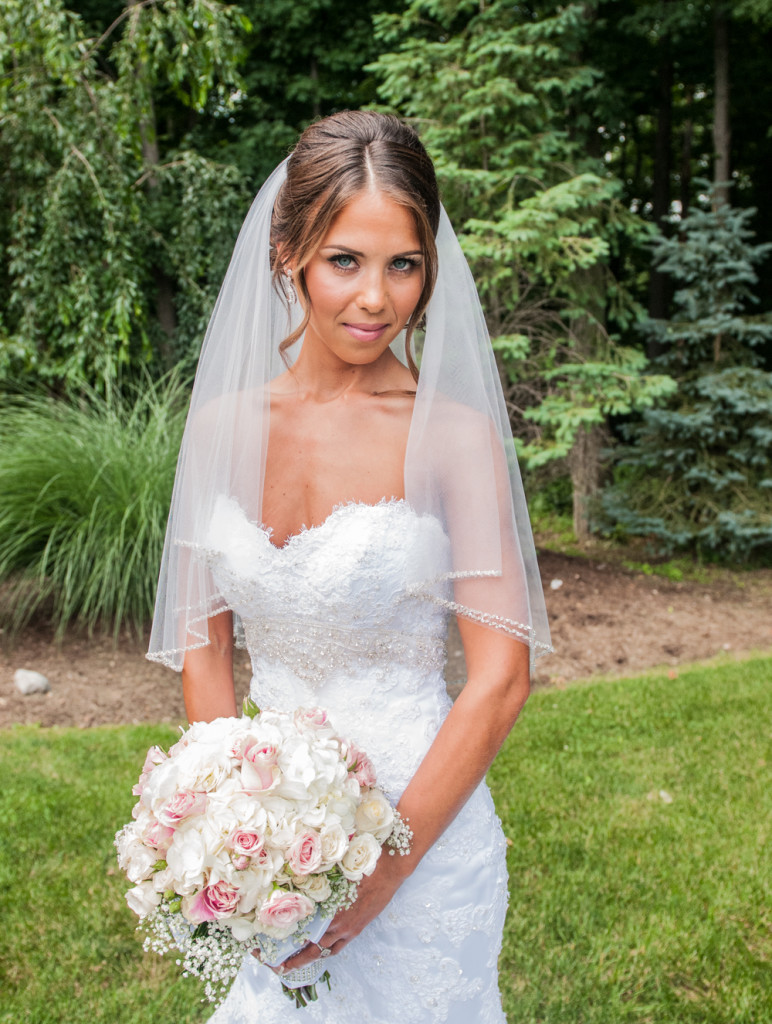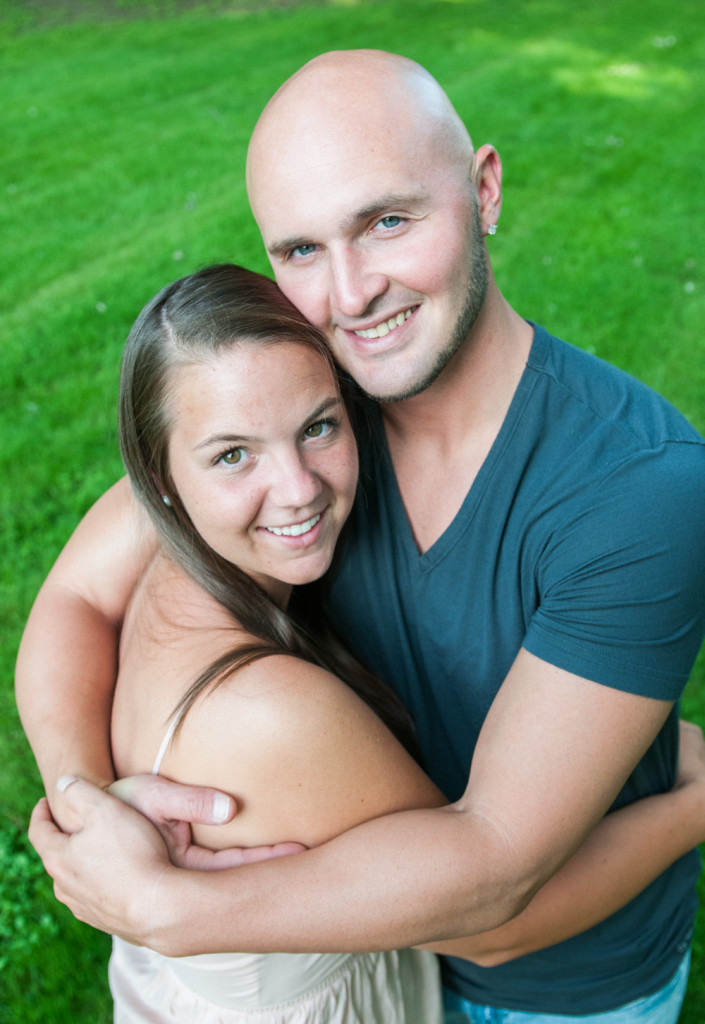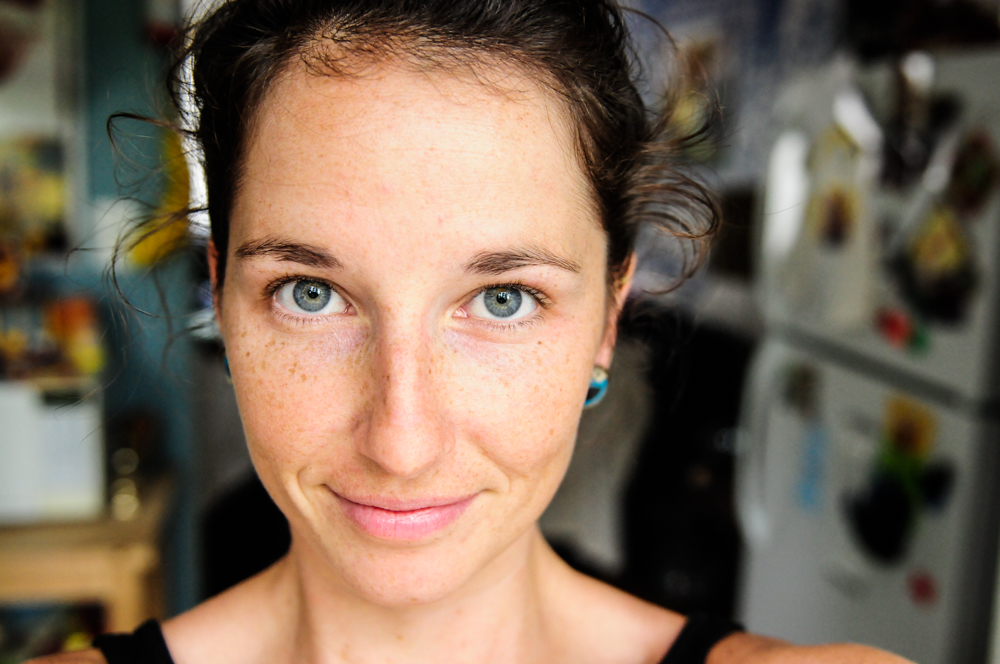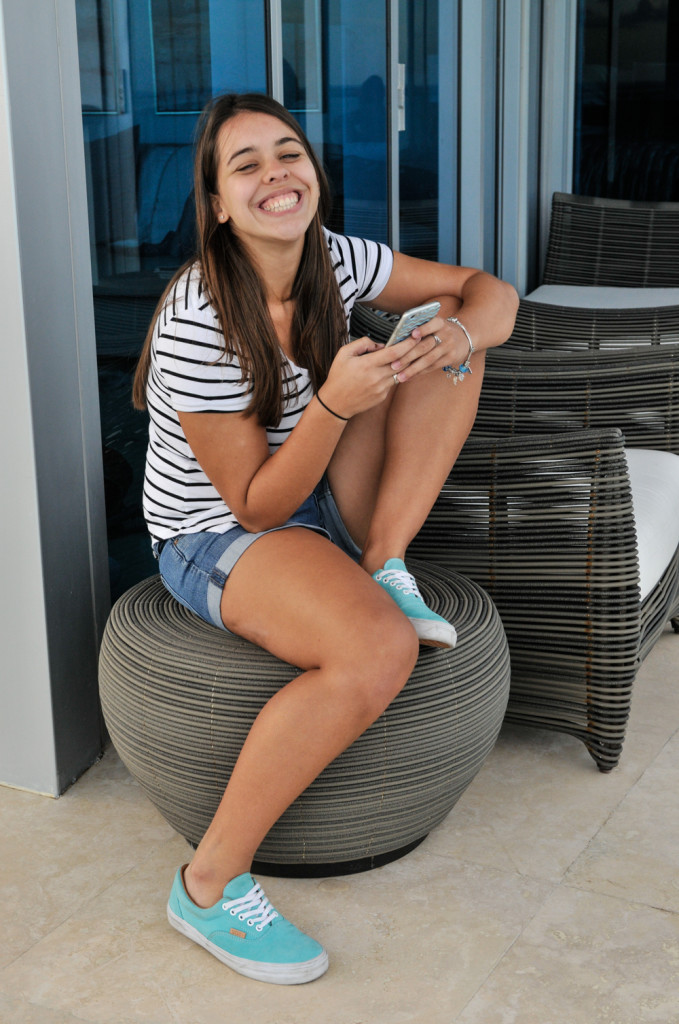Sarah is a professional photographer, from time to time she shares general photography tips and specialized tutorials to teach you to take better images.
Did you ever see the Seinfeld episode where Jerry’s girlfriend looks extremely different depending on the lighting? If you haven’t, click the link and get caught up! If you’re a photographer, amateur or professional, you know that lighting is everything in photography, especially when it comes to photographing people and objects.
For the purpose of this post, let’s define flattering natural light as soft, even lighting without hard shadows. Let’s also aim for photos that reflect the true color of the subjects being photographed. We’ll also pretend that these photos are going to be self portraits because everyone is taking selfies these days and really the best way to master a technique is to practice, practice, practice. You can be sure that you’ll always have yourself and your cell in most situations, so practice looking for flattering light every day that way when you need to find it, you’ll know where to look.
Cloudy days are your BFF
When clouds cover the sun they disperse the sun rays in a million different directions. Clouds act as a big diffuser, scrambling the light all over the place so that when it does interact with subjects and objects there are few to no shadows. Look around on a cloudy day, do the trees have shadows? No? That means your eyebrow bones, nose and chin won’t either. Cloudy days create soft, even lighting, perfect for portraits.
Open shade works just as well
If you’re shooting outside during a sunny day, you’ll see shadows everywhere. Look for the biggest shadows a.k.a. open shade and take cover in those areas. The best open shade is created by massive trees, large buildings, or some other structure that’s blocking the sun. Standing in open shade is the first step, but there are many ways to master this technique. Try spinning around to face the huge white building you’re standing next to instead of squinting into the sun. See how the building bounces more light onto your face and adds catchlights in your eyes? Now try this same technique near a red building, see how your skin color reflects the red and changes your look? It’s helpful to take photos in various situations using the same general technique so you can gauge changes and understand how light works in relation to your skin.
Find a large window
If you’re inside, look for the room with the most natural light. If the sun is shining brightly through the window, you’ll see extreme highlights as well as shadows. To even out the light, hang a white sheet from the curtain rod. The white sheet disperses the sun’s light and creates an even light source stemming from the window. If using just one light source (the sunny window) is still too extreme, you can bounce that light off a large piece of white poster board or even off a white wall in the room. To see the effects of reflected light, stand near to the window and start taking side steps closer and closer to the opposite white wall all the while watching yourself in your cell’s camera. You’ll be able to see the light on both sides of your face evening out as the reflected light hits your body. Another great option? Standing in a white hallway facing an open door. That means you have a large light source and two sources of reflected light on either side of your body.
Pay attention to detail
Now that you have a handle on where to find soft, even light, it’s time to pay attention to detail.
- The more light the better! Not exactly. It’s best not to mix light sources. If you’re shooting inside near a window, turn the lamps and overhead lighting off. You’ll be mixing light temperatures which will change the color of the image. You’ll also start to get confused about the direction of the light because it’s coming from overhead, on a nearby table, and the huge window. It’s best to stick with natural lighting in this situation.
- Does the color of your skin look natural? Is it a little green or yellow? Are you standing near a yellow wall or over a green table? Walk away from whatever is causing unwanted color cast or deal with fixing it in post processing. Because of my training in photojournalism, I always, always try to fix the problem while I’m taking the image, not afterwards during editing.
- Are there still shadows under your nose and chin? Hold a reflective object like a white piece of poster board or a silver serving tray (random, but works really well!) near your waist. The reflector will direct light upwards to even out those dark areas.
- Are there tiny slivers of sun coming through the leaves creating hot spots in your image? Move! There is nothing more distracting than spots of bright light in an otherwise lovely image. Also, areas in an image that contrast with the rest of the scene are much hard to edit into submission.
Practice, practice, practice
- Shoot at all hours of the day. Experience the warm glow of the golden hour and the cold, blue tones during twilight.
- Challenge yourself to make good portraits outside on really sunny days.
- Play around in open shade by standing near the edge of the shade and conversely right next to whatever is blocking out the sun.
- Stand next to red, green, blue, white walls and objects and see how the color cast plays off your skin. Who knows, you might like the warm hue that orange adds or maybe the gray wall adds an aged maturity to your skin tone.
- Notice all the reflector options in both nature and your home. How does white sand reflect light compared to a white carpet?
- Take notes or at least take stock by looking back over your work to recap on what worked and what didn’t.
- Save the shitty pics! They’re a reminder of what makes a great photo and what makes black mail material.





